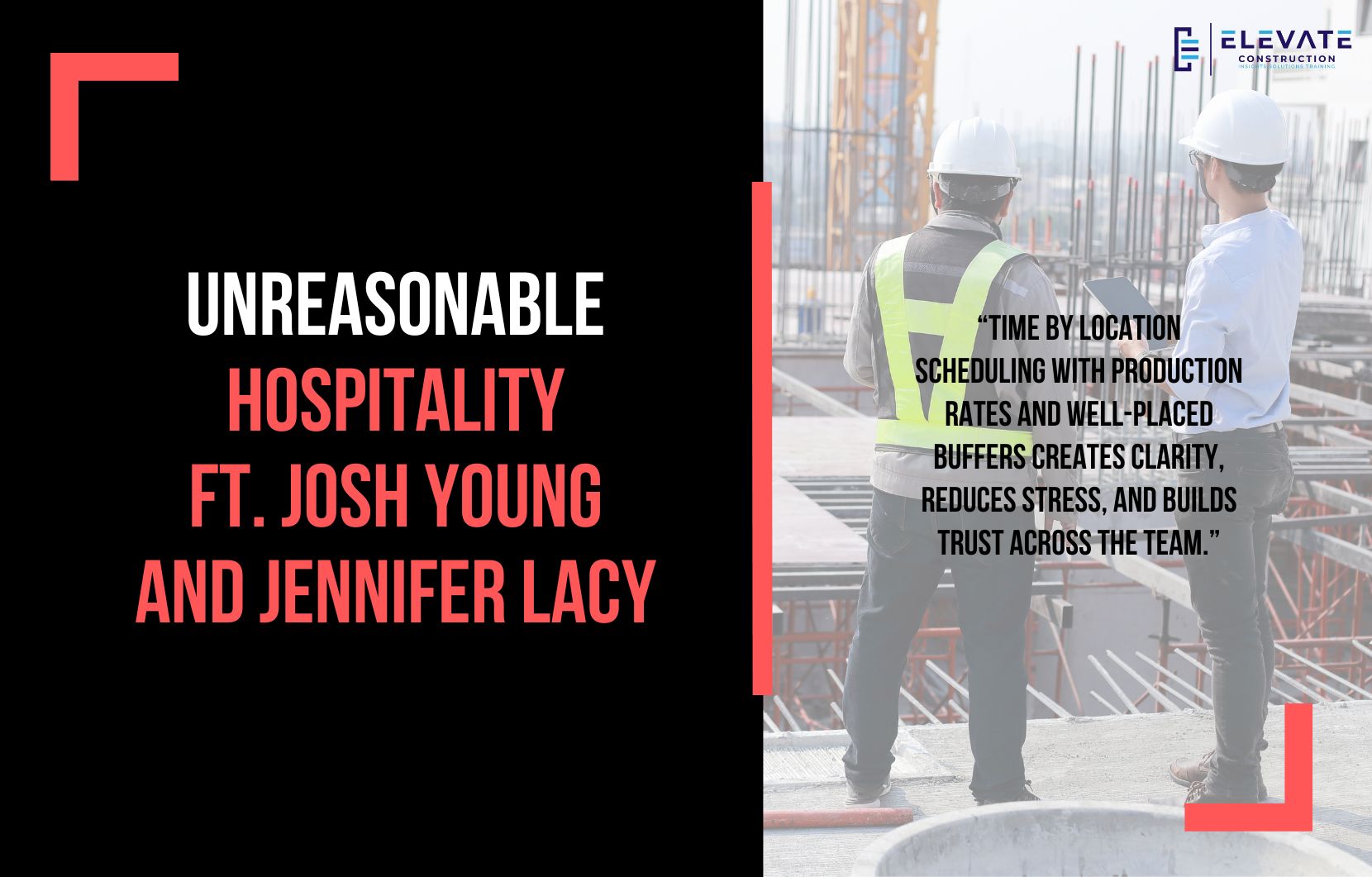Heading to Kelowna and Thinking About Civil Work
As I head to Kelowna, British Columbia for a Foreman Boot Camp, I cannot help but reflect on the power of structured planning. High Street Ventures has created a production system that brings trade partners together through mandatory training in takt, last planner, and preplanning. By requiring everyone to align under one system, they create consistency, culture, and predictable results across their projects. Watching this kind of commitment reminds me why I am so passionate about scheduling civil work the right way.Seeing Construction as Flow
When I schedule projects, I often compare them to trains running on tracks or cars driving on a freeway. The project site represents the track or the roadway, and the crews are the trains and cars that move through in sequence. This analogy works whether I am planning a data center, an electrical room, or a civil utility project. It simplifies how we visualize progress and flow, allowing everyone on the team to see where they are and where they are headed.The Framework for Scheduling Civil Projects
Civil work thrives when I use a time by location format. On the left side of my schedule, I break things down by phases, areas, and stations. Each station represents a segment of work and includes details such as depth of pipe, number of structures, soil conditions, and overall complexity. By documenting these elements, I can determine accurate production rates and realistic durations for every portion of the work. Once I have durations, I link them into a sequence that allows crews to flow like a train moving from one station to the next. This sequencing shows exactly how different utilities interact and where overlaps might occur. For example, I can immediately see whether storm drain or sewer installation must go first based on elevation and flow requirements. This prevents surprises and helps everyone understand the bigger picture.Protecting the Plan with Buffers
Planning is only effective if I also protect it. That means building in buffers for risk, weather delays, crew availability, and unexpected site conditions. These buffers prevent the project from derailing when issues arise, and they keep morale high because teams do not feel crushed by unrealistic expectations. A strong plan gives people confidence that the work is achievable.Using Visuals and Reviews to Strengthen the Schedule
Alongside the takt plan, I prepare zone maps, logistics plans, and visuals that show exactly how the site will flow. I also make sure to run a fresh eyes meeting where the project team reviews the plan critically. Their feedback ensures that the schedule is realistic, coordinated, and trusted by everyone. By the time the schedule is in place, it is not just my plan, it is our plan.Why Civil Work and Takt Fit Perfectly
Civil projects may look messy at first glance, but they are actually some of the best candidates for takt planning. The work is naturally linear, which makes the time by location approach very powerful. When I align production rates with stations, protect with buffers, and keep everything visual, the project flows with predictability. I see stress drop across the crews, and trust grow between partners because everyone finally sees the same path forward.Key Takeaway
Civil projects succeed when I treat them as flow systems with crews moving like trains on tracks. Time by location scheduling with production rates and well-placed buffers creates clarity, reduces stress, and builds trust across the team.If you want to learn more we have:
-Takt Virtual Training: (Click here)
-Check out our YouTube channel for more info: (Click here)
-Listen to the Elevate Construction podcast: (Click here)
-Check out our training programs and certifications: (Click here)
-The Takt Book: (Click here)
Discover Jason’s Expertise:
Meet Jason Schroeder, the driving force behind Elevate Construction IST. As the company’s owner and principal consultant, he’s dedicated to taking construction to new heights. With a wealth of industry experience, he’s crafted the Field Engineer Boot Camp and Superintendent Boot Camp – intensive training programs engineered to cultivate top-tier leaders capable of steering their teams towards success. Jason’s vision? To expand his training initiatives across the nation, empowering construction firms to soar to unprecedented levels of excellence.
On we go

